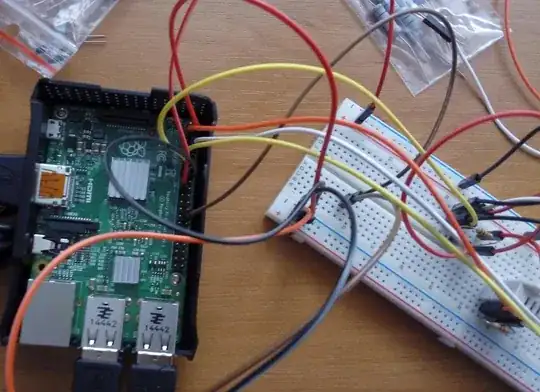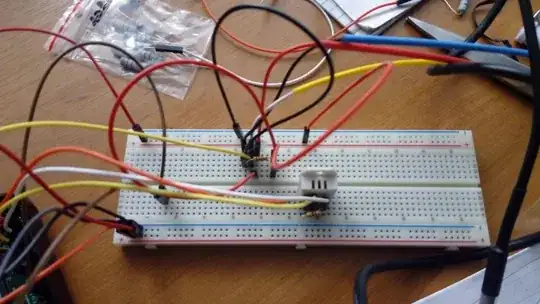In direct answer to your question, it depends on the size of your breadboard! Looking at what you've got, there is more than enough room for the three sensors you are proposing, although it'd difficult to identify what's connected to what from the photies. A Fritzing diagram might help?
There are (if I remember correctly) about 26 GPIO pins on the RPi 2, so you can get 26 sensors at least. However, remember that the Dallas one-wire sensors such as the DS18B20 allow several of the same device to be connected to the same pin. They use an in-built serial number to distinguish devices.
My approach is to connect one sensor at a time. Build your knowledge and code progressively. Then you get to a point where you realise that your code is really ugly and you should re-write it (more efficiently and elegantly). But then you can re-write it with the knowledge you've gained in the process. Evolution not revolution.
One final point. The RPi and linux community are really supportive and will always help when you need it (if you're polite). There are loads of tutorials out there - use them, change them, learn from them. Then ask questions to build on your understanding. It's good to see you are concerned about frying your pi (been there, done that) so it shows you have a good basic understanding.
Final, final point. Enjoy the RPi. It's a brilliant device that will teach you so much.

